A Full Analysis of Gators QBs Kyle Trask and Emory Jones Entering 2020

With the 2019-20 season officially over, it's time to take a deep dive into the quarterback dilemma that Dan Mullen and Co. will have to face heading into the 2020-21 season.
Kyle Trask put the team on his back after Feleipe Franks' ankle injury on the road at Kentucky and moved on as the starter from the Tennessee game until the end of the season. He was respectable all season, contributing to offensive numbers that Florida hasn't seen in over a decade. The former two-star recruit and career backup finally got his shot for the Gators, and it's safe to say it worked pretty well out for him.
Trask will head into the 2020 season as a redshirt senior and will be one of the final players leaving Florida that were recruited by Jim McElwain.
The signal-caller from Manvel, Texas finished the 2019-20 season by completing 237 of his 364 passes (66.9%) for 2,941 passing yards, 25 touchdowns, and only seven interceptions. On the ground, Trask added four rushing touchdowns with a mere eight rushing yards, but that low number is thanks to sacks counting towards rushing yards.
Trask has locked up the QB1 spot for now, but rising redshirt sophomore Emory Jones has shown some promise in his play throughout the past two seasons.
In-depth grades and statistics
Now before I get into this section, I'd like to preface this by saying it is hard to compare these two quarterbacks on grades, especially considering the way Pro Football Focus does their grading system.
Trask has many more passes attempted and due to the limited amount of data on Jones, it is hard to compare the two. But, these numbers (on a scale of 0.0-100 for the grades) are something that can be looked at to find tendencies between the two, and find what they're both best at.
Jones tops Trask in total offense (80.8 vs 69.8), passing offense (77.9 vs 66.3), and running offense (70.2 vs 68.3). However, you can take these specific grades with a grain of salt, due to the low sample size of Jones.
A more fair statistic (not a grade) would be the NFL passer rating for each, and Jones narrowly beats out Trask in this category: 112.5 to 107.6. Although Trask didn't grade out as well to Jones, 107.6 is very impressive for the number of snaps he took (389 dropbacks).
According to PFF statistics for 2019, Trask took 23 sacks, had six passes batted down, threw seven passes away, and scrambled 11 times. On the other hand, Jones took zero sacks, had no passes batted down, threw no passes away and didn't scramble once.
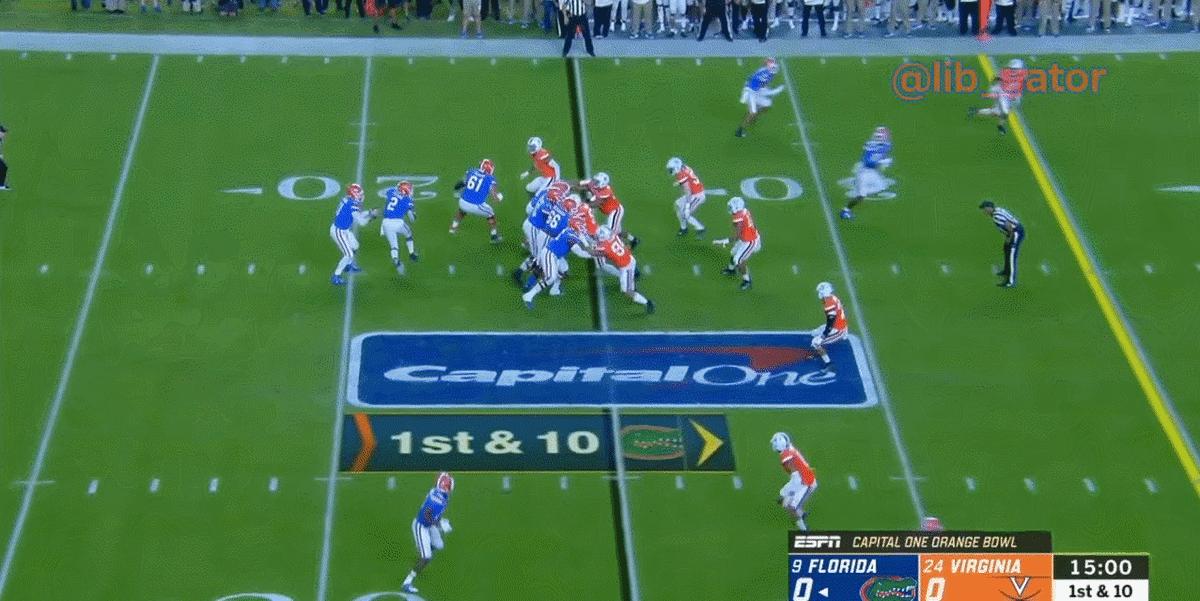
When no pressure is present, Trask edges out Jones by 0.6 points in the total offense category (83.5 vs 82.9). When throwing with no pressure, Trask beats Jones by a mere 0.1 points (82.1 vs 82.0).
When the two quarterbacks are under pressure, Jones grades out significantly better (59.8 vs 33.9). There are many reasons for such separation, including the number of reps and defensive playcalling, as Jones is much more active in the run game so opposing teams are less likely to rush the passer. Both Trask and Jones complete around 55% of their passes when being pressured.
When not being blitzed, Jones once again takes the cake (86.6 vs 71.7). The same goes for when blitzes do occur, Jones still beats Trask by a few points (60.5 vs 56.2).
Aside from the grades themselves, there is minimal separation between the completion percentage of both quarterbacks between the four categories, only varying by 2% at the most.
Tendencies
When it comes to comparing the play styles between the two, they couldn't be any more different.
Trask is a pure pocket passer and Jones is as mobile as they come, posting more rushing attempts than passes thrown. I'll be using PFF stats for each passing range: 0-10 yards, 10-20 yards, and 20+ yards down the field, to further study how the two quarterbacks play and to find what they're best at.
PFF breaks the field down by three sections, outside the numbers on the left side, outside the numbers on the right side, and everything in between the numbers (middle).
So let's start with Kyle Trask. In the 0-10 range, Trask finished with a 57.0 grade on the left side, 65.8 between the numbers, and a 43.5 grade outside the numbers on the right side. Throughout these throws, his stats throwing from 0-10 were quite good, completing 94 of his 126 passes (74.6%) for 896 yards, nine touchdowns, and one interception.
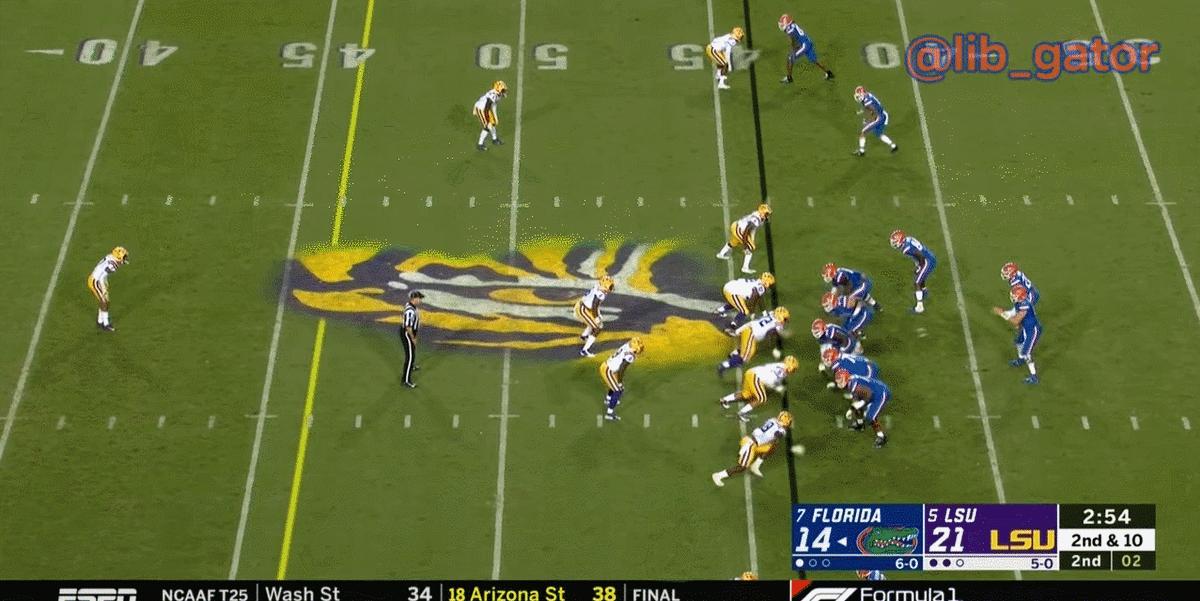
Trask does well in the intermediate passing game within 10-20 yards, too. Within that range, Trask posted PFF grades of 82.2 (left), 71.4 (middle), and 78.4 (right) and threw for 967 yards, five touchdowns, and three interceptions. Trask went 56 for 97 within this range, which averages out to about 57.7%.
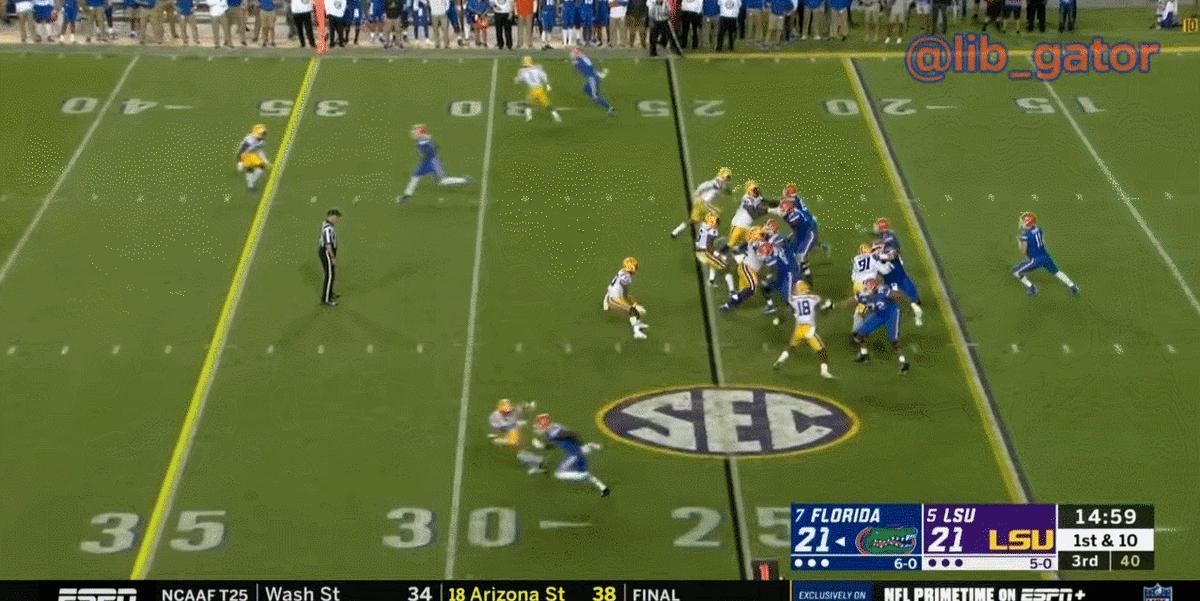
In the 20+ range, Trask posted grades of 73.6 (left), 70.5 (middle), and 68.9 (right), going 18 for 42 (42.9%), accumulating 499 yards, seven touchdowns, and three interceptions. His passer rating was also above 100 in each of the three zones past 20+ yards, holding ratings of 106.4 (left), 101.8 (middle), 118.9 (right).
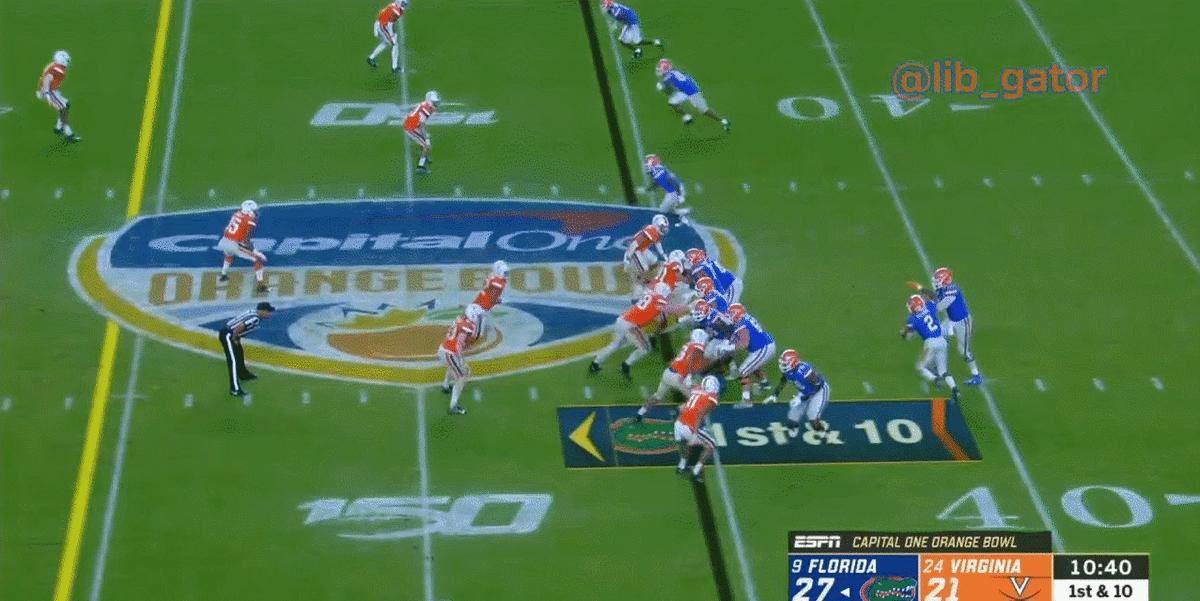
Trask's deep ball isn't outstanding, but he can get the job done despite his less than stellar arm strength. It really depends on schematics - on tape, Trask does a solid job at hitting deep targets when they're open - but struggles with consistency in his placement and struggles against decent coverage going deep. His 20+ yard completion percentage is cause for concern.
Now for Emory Jones.
In the 0-10 range, Jones finished the year with no grade for the outside left, a 64.9 for between the numbers, and a 44.0 for outside right. Stats wise, Jones finished five for nine (55.6%) for 47 yards, two touchdowns, and no interceptions.
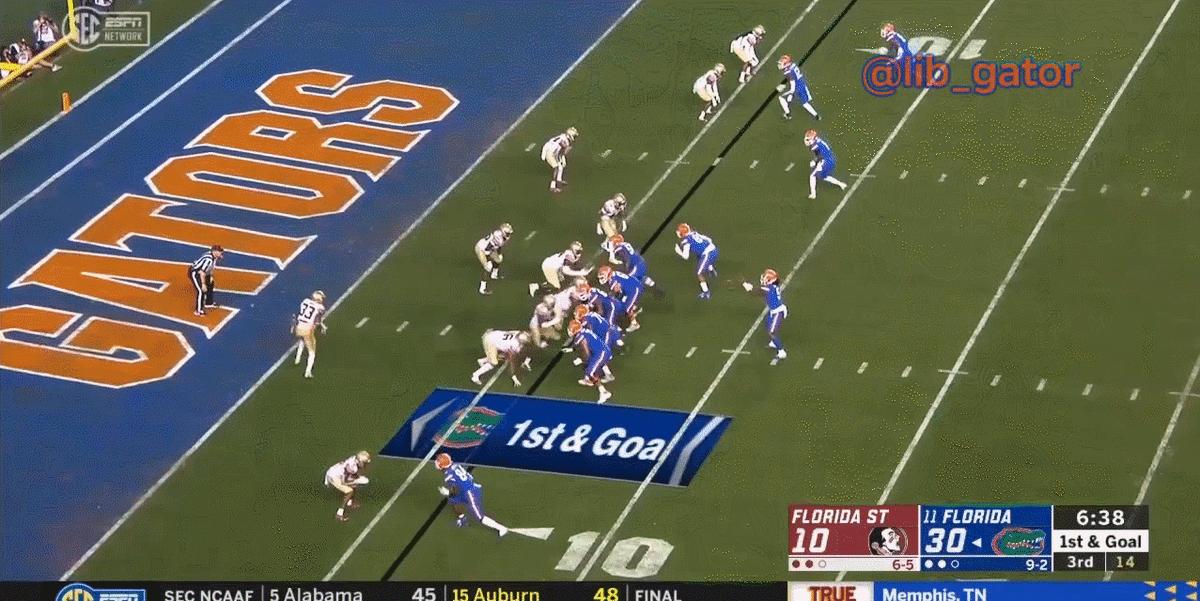
In the 10-20 yard range, Jones grades out with a 56.6 (left), 83.9 (middle), and a 49.6 (right), completing six of his ten attempts (60%) for 104 yards, zero touchdowns, and zero interceptions.
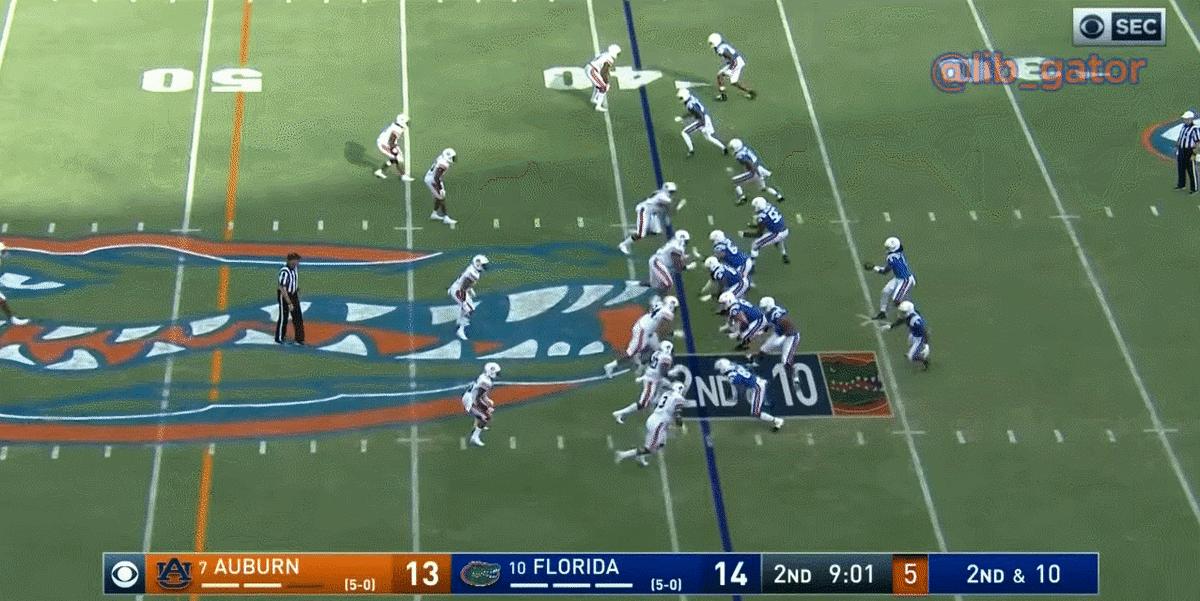
The redshirt sophomore isn't far behind Trask in 20+ range, with his ratings coming in at 55.0 (left), 92.5 (middle), and 87.4 (right). Jones went two for five (40%), for 85 yards, zero touchdowns, and zero interceptions, with passer ratings of 39.6 (left), 95.8 (middle) and 118.8 (right).
His grades are, as a whole, higher than Trask's on the deep ball, and you can see why on film. However, again, the sample size is very limited and it's hard to rely on five deep passing attempts to argue Jones' case other than simply understanding that he's capable.
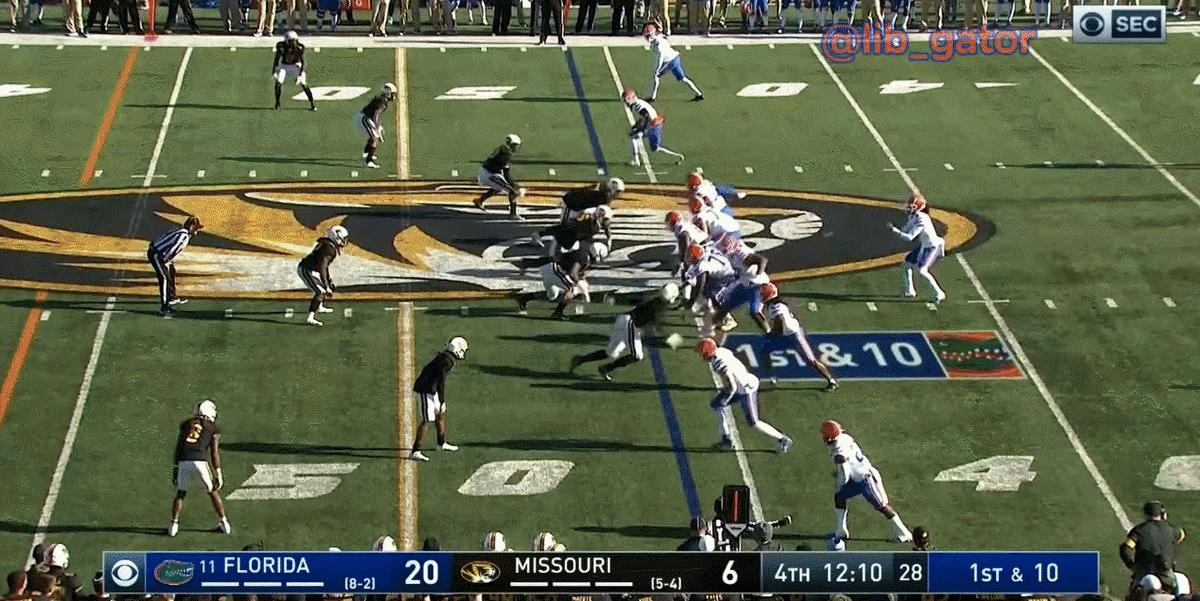
Both quarterbacks could use some work throwing the deep ball, with Jones needing to continue improving his touch, but it's important to note that the Gators focused more on dinking-and-dunking the ball down the field with the use of short and intermediate concepts this past season.
Conclusion
Florida has two very capable quarterbacks to play (and even start) in 2020. The question is, which route will Dan Mullen go: With experience and a high floor in Trask, or with dual-threat ability and a high ceiling in Jones?
A major concern with Trask is that he is starting to reach his ceiling as teams are starting to adjust to his pure pocket passing ability. Just look back at the Orange Bowl, as Bronco Mendenhall's 3-3-5 defense gave Trask fits.
Virginia brought pressure and got to the quarterback, and even though they only sacked Trask once, the Cavaliers batted down three of Trask's several dangerous throws - and another one ended up being an interception. Trask hesitated to throw the ball all night, and it seemed he was second-guessing himself on many of his passes. It doesn't help that Trask struggles when he has to make plays outside of his progressions.
And although Trask did a phenomenal job on quick reads and short passes throughout the season, these dangerous throws were more common than you'd think when you see Trask only threw seven interceptions all season. According to PFF, Trask had 22 turnover-worthy throws compared to only nine big-time throws throughout 2019.
On the other hand, Jones is thriving in his role within the run game. His throwing ability isn't as proven as Trask's, but he has made some big-time throws when he has gotten the chance.
This is why Mullen faces a dilemma entering next year. Trask should, naturally, have the upper hand in the upcoming QB competition, but Jones is entering year three of his development and offers a totally different dynamic than Trask - one that tends to fit Mullen's preferred offensive scheme.
The question is: Can Trask take Florida to the next level, by winning the SEC and possibly going to the College Football Playoff? If not, will it be time to utilize Jones' upside in order to reach the team's goals?
One way or another, Florida is in a great position at quarterback entering the 2020 offseason, one not too many teams find themselves in. It's up to Mullen to decide just how the Gators; come out of the offseason at QB, and he's the type of coach you trust with that major of a decision.
